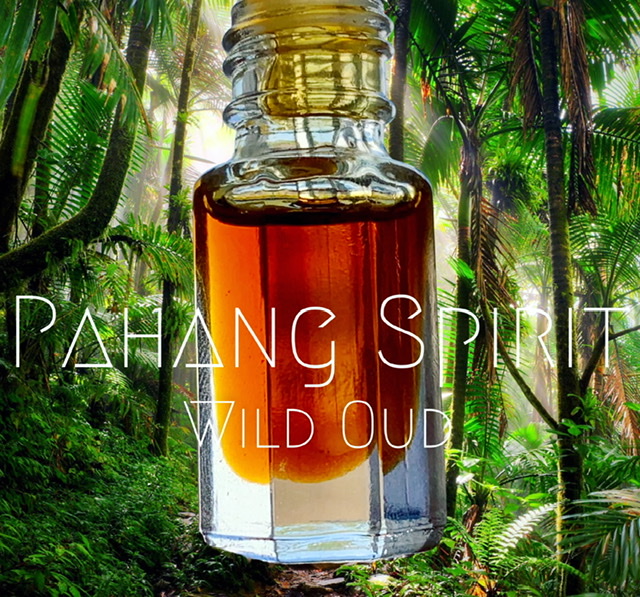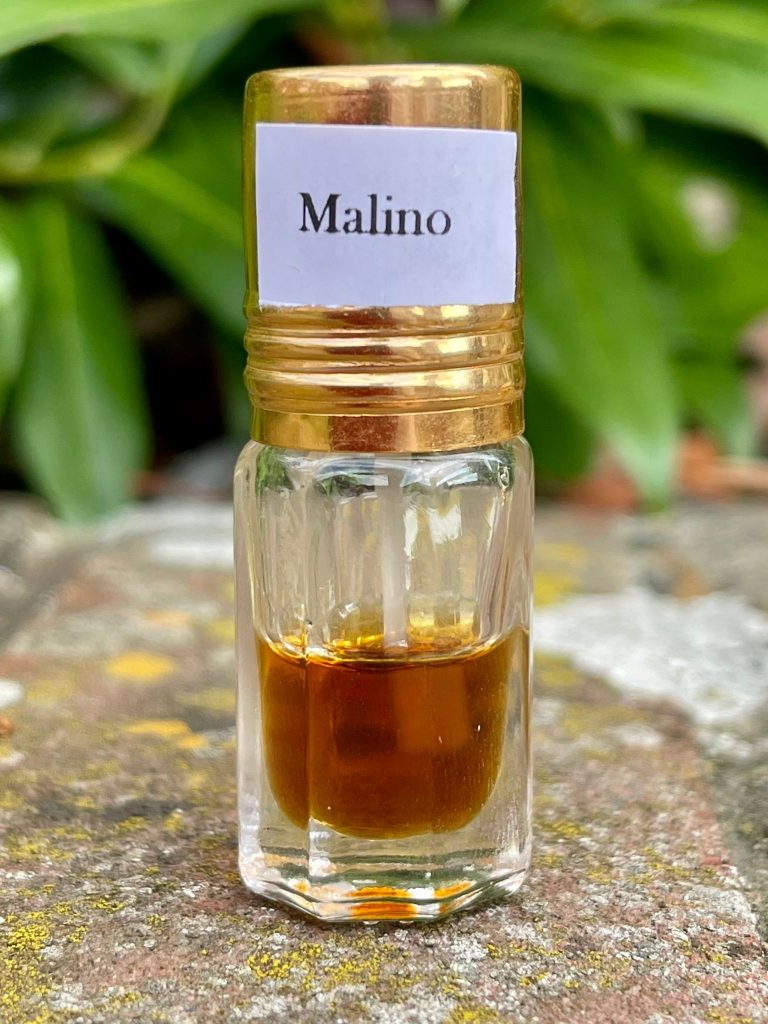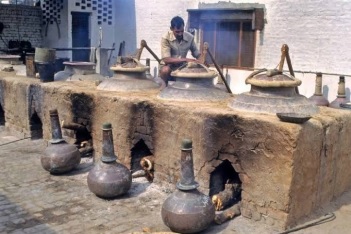
Hello!
So you’ve been wondering what this Oud oil is huh?? why is it so pricey, what does it smell like? All will be told here dear reader….
What is Oud?
Oud is a luxury oil used and Imitated in many high end perfumes. As well as being diluted into attars and perfumes it is also a wonderful scent that can be admired neat. Oud aroma will vary depending on region , species variant of tree and oil processing.

What does it smell like?
The journey of aroma starts with just a swipe! The aroma of Oud will change depending on region, tree type and processing of the oil. Sweet, honey, nutty, ice cream, marzipan, barnyard, chocolate, minty, fruity ect. The aroma can and usually is very complex. It will change on the skin over the course of hours.
Why is Oud so bloody expensive?
Well, it is and isn’t really. It’s an oil made from a scarce recourse that can take days or months to process properly. This in itself explains the price but in actuality you only need a very small amount to be applied to the skin for you to enjoy it. Even one drop could mean 20 applications so that 0.3g sample you’ve just bought from my store 😉could well give you 180 swipes. Not bad really!
Where does Oud come from?
Oud is an oil made from the distillation of agarwood. Agarwood AKA Aloeswood, gaharu, Oud Wood is a resinous wood native to many areas of Asia. it can be found in some ‘Aquilaria’ species of tree. Parts of the tree would have been infected by a fungus via cuts or burrowing insects. After while the tree secretes a resin to protect the spread of this fungus. This oily resinous wood has a beautiful aroma that has been admired for millennia! The Agarwood can be burned as an incense or distilled to make Oud oil.

Wild and cultivated Oud:
The aromatic wonders of wild oud is a fleeting thing. Agarwood can still be found or harvested in the wild in many regions but cultivation is on the rise as wild stocks ultimately perish due to exploitation. Cultivated oud is now making up a very high percentage of agarwood being sold each year. It has been said that in the next few decades cultivated oud Will make up the vast majority of consumption.

A Brief Oud History:
Aloeswood Has mentioned in many Biblical, Hebrew and Islamic texts. We know that this wood has been used as incense jewellery and even coffins for the rich and powerful for millennia. Agarwood cultivation has been a thing for many many hundreds of years in Bangladesh. Oud has a very special place in Middle Eastern culture and more recently the hearts of westerners are melting with its appeal.
Processing:
Before the distiller gets to work he has the option to soak the Agarwood and ferment it. This will increase his yield slightly and dramatically change the aroma of the oud. Without soaking the oud will be light, honey, nutty and pure. When soaked the aroma will strengthen and enhanced with what is referred to as a ‘barn’ or ‘barnyard’ note. It will be deep, leathery, perhaps notes of cattle shed or even faecal notes…but in a good way, trust me! The length of soak is directly linked to the amount of barn in the oud. There is no right or wrong, it’s down to the sniffer to discover what they prefer.
Traditional Indian processing would involve the use of a large log fire with distillation equipment put on top and a human finger used to gage the temperature. This method is still in use today by some producers who swear by it. More modern facilities are abundant these days with hydro distillation / co2 distillation methods.

Thank you so much for stopping by, I hope that this blog has helped pave the way towards a beautiful journey of oud appreciation for you!
Oli.
